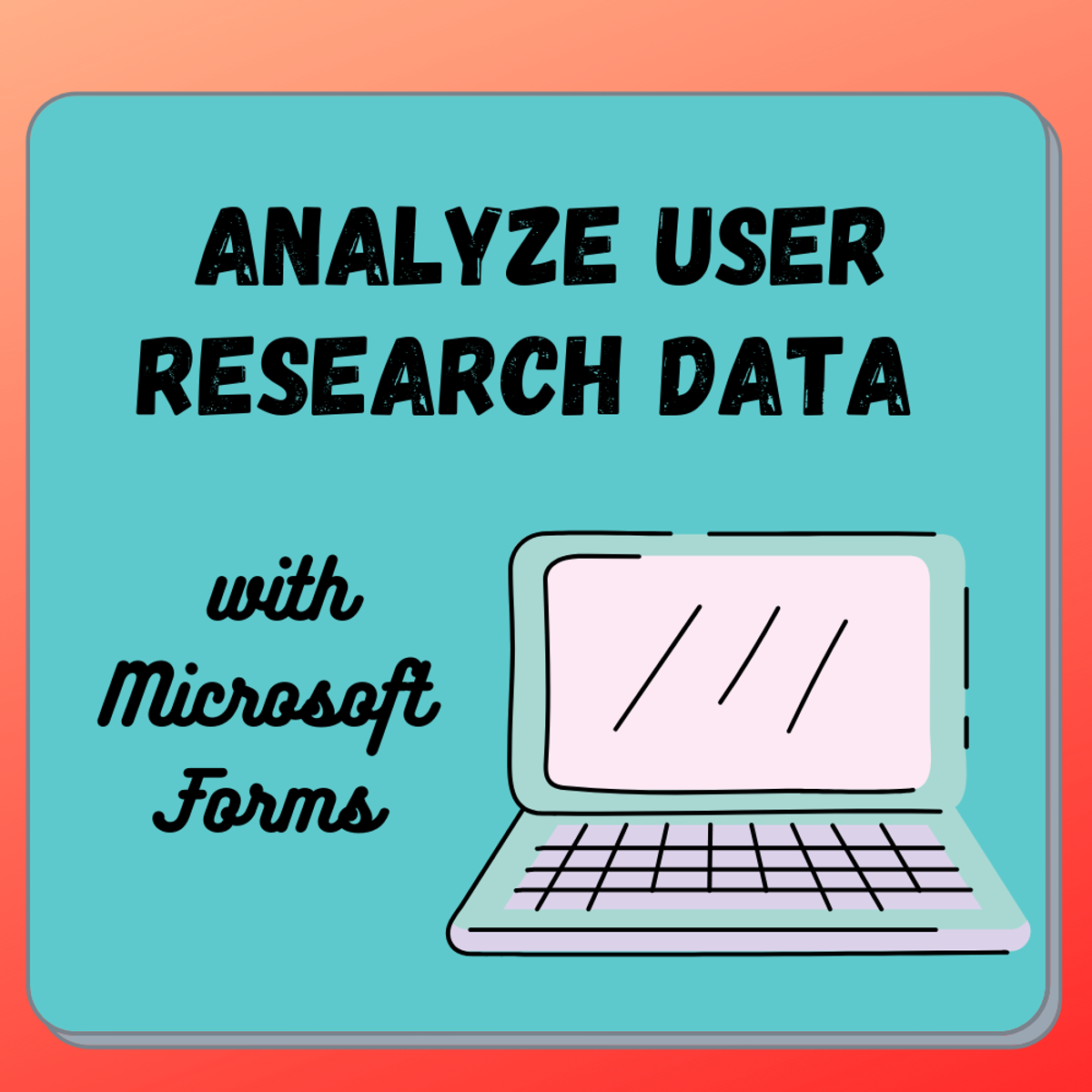Back to Courses









Business Strategy Courses - Page 40
Showing results 391-400 of 543

Stay Results-Focused with S.M.A.R.T. Goals in Miro
By the end of this project, you will be able to leverage the S.M.A.R.T. goal framework to align teams with and project goals with enterprise-level strategic goals to maintain project relevance and ensure effective resource allocation.
To do this, you will gain hands-on experience working in the Miro online visual collaboration platform for teamwork where you will build a S.M.A.R.T. goal framework.
Note: This course works best for learners who are based in the North America region. We’re currently working on providing the same experience in other regions.

Developing Innovative Ideas for New Companies: The First Step in Entrepreneurship
This course assists aspiring and active entrepreneurs in developing great ideas into great companies. With strong economies presenting rich opportunities for new venture creation, and challenging economic times presenting the necessity for many to make their own job, the need to develop the skills to develop and act on innovative business opportunities is increasingly vital.
Using proven content, methods, and models for new venture opportunity assessment and analysis, you will learn how to:
* Identify and analyze entrepreneurial opportunities;
* Enhance your entrepreneurial mindset;
* Improve your strategic decision-making; and
* Build innovative business models.
Our goal is to demystify the startup process, and to help you build the skills to identify and act on innovative opportunities now, and in the future.
With this course, students experience a sampling of the ideas and techniques explored in the University of Maryland's master's degree in technology entrepreneurship, an innovative, 100% online program. Learn more at http://mte.umd.edu/landing.

Analyze User Research Data with Microsoft Forms
Conducting surveys and analyzing user research data can help businesses gain important insights into the experiences of their users, both current and potential. By understanding the user experience before creating new products and services, business leaders can save time and money by creating the best product the first time around.
Learners in this guided project will walk through the steps of creating and analyzing a Microsoft Forms survey and learn the basic methodology of analyzing user research. First, learners will learn how to prepare the objective before creating a survey. Then, learners will be guided step-by-step through each of the Forms question types and when to use each one. Next, learners will discover how to finalize and distribute a survey, and then collect and organize responses. Finally, this project will discuss how to analyze the survey responses and make insightful business decisions.

Business Strategy: Business Model Canvas Analysis with Miro
By the end of this guided project, you will be fluent in identifying and creating Business Model Canvas solutions based on previous high-level analyses and research data. This will enable you to identify and map the elements required for new products and services. Furthermore, it is essential for generating positive results for your business venture. This guided project is designed to engage and harness your visionary and exploratory abilities. You will use proven models in strategy and product development with the Miro platform to explore and analyse your business propositions.
We will practice critically examining results from previous analysis and research results in deriving the values for each of the business model sections.

Creating a Social Business
This course is primarily aimed at learners interested in knowing about and running a social business. An ideal learner could be a student, social entrepreneur, social intrapreneur, or a corporate professional interested in social business.
In the Module 1 of the course students will learn how different social business leaders - such as Professor Muhammad Yunus, Rajni Bakshi, Corinne Bazina, Lamiya Morshed, Suresh Krishna, and Daniel Nowack - are reimagining capitalism. The subsequent modules of this course crystallize varied learnings of practitioners and theorists at YSB to a set of tools and readings, which a learner may use as building blocks of a social business.
What makes this course unique is the blend of inspiration and rigor that is very important for any kind of social business education.
Learners may also use this course to advance in their careers, apply for higher education and jobs in the social impact/impact investing industry. The subscription to this course automatically allows a learner to become a part of the Global Social Business Community.
All the best!

Natural Creativity
Natural Creativity is about understanding and harnessing human creativity. In this course, you will investigate the latest theories of human creativity, its history and evolution, and how AI research is helping us understand it more fully. You will gain a deeper awareness of your creative processes and inspirations through these diverse perspectives. As you advance through the course, you will add to your creative toolkit by exploring different methods for design research and applying them to various business scenarios and frameworks. Then, in the course project, you will practice using the techniques and theories you learned to gain deep insights into how people are creative in your local context.

Implementing Connected Planning
From this course, you’ll understand how to make Connected Planning a reality in an organization. Organizations need a vision supported by a focused effort to move from traditional planning and static business modeling to a Connected Planning approach--where data, people, and plans are linked throughout the organization.
Creating a digital ecosystem using a Connected Planning technology platform is a big part of the process, but it’s not the only thing needed. In this course, we’ll explore the role of corporate culture and sponsorship, process redesign, master data management, and change management to successfully implement Connected Planning.
You’ll be challenged to examine your own organization’s readiness to undertake the Connected Planning journey. If you’re not ready yet, you’ll identify areas where you need to focus your efforts. If you are ready, you’ll have the framework you need to get started on the path to make Connected Planning a reality in your organization.
By the end of this course, you’ll be able to:
• Identify challenges to a Connected Planning implementation stemming from issues with people, data, and planning processes
• Articulate the benefits of Connected Planning over traditional planning and static business modeling
• Explain why corporate culture, data management, and change management are critical to successful Connected Planning execution
• Drive or constructively participate in the implementation of Connected Planning in your organization
This course is presented by Anaplan, provider of a leading technology platform that is purpose-built for Connected Planning.
Infonomics I: Business Information Economics and Data Monetization
Thriving in the Information Age compels organizations to deploy information as an actual business asset, not as an IT asset or merely as a business byproduct. This demands creativity in conceiving and implementing new ways to generate economic benefits from the wide array of information assets available to an organization. Unfortunately, information too frequently is underappreciated and therefore underutilized.
This first course in the two-part Infonomics series provides a non-technical perspective on and methods for understanding and taking advantage of information’s unique economic characteristics. Starting with dissecting whether the information is or isn’t an asset or even property, students will begin to appreciate the challenges and opportunities with treating it as one. Then the course examines how information behaves in the context of various familiar micro-economic concepts, and what can be gleaned from this to improve the way information is managed and leveraged. This leads to exploring the various ways information can generate economic benefits—or be monetized, including how various styles of business analytics can increase information’s potential and realized value for organizations.

Create a Gantt Chart with Lucidchart
The Gantt chart is a popular project management tool that is used to display a project plan in a graphic format. In this project you will use Lucidchart software to generate a Gantt chart that includes a schedule of activities/tasks for a fictional application development project. Those tasks may overlap and/or depend on other tasks. Project managers rely on Gantt charts to plan projects and to assess project progress as time elapses.

Excel Regression Models for Business Forecasting
This course allows learners to explore Regression Models in order to utilise these models for business forecasting. Unlike Time Series Models, Regression Models are causal models, where we identify certain variables in our business that influence other variables. Regressions model this causality, and then we can use these models in order to forecast, and then plan for our business' needs. We will explore simple regression models, multiple regression models, dummy variable regressions, seasonal variable regressions, as well as autoregressions. Each of these are different forms of regression models, tailored to unique business scenarios, in order to forecast and generate business intelligence for organisations.
Popular Internships and Jobs by Categories
Browse
© 2024 BoostGrad | All rights reserved


